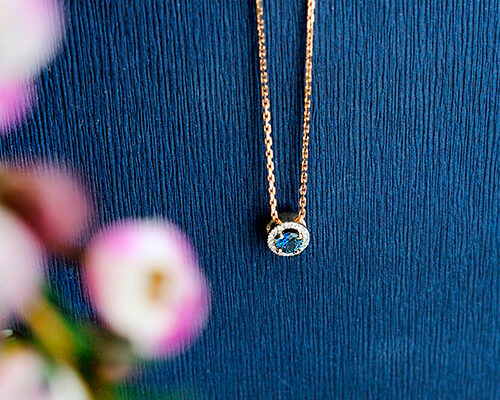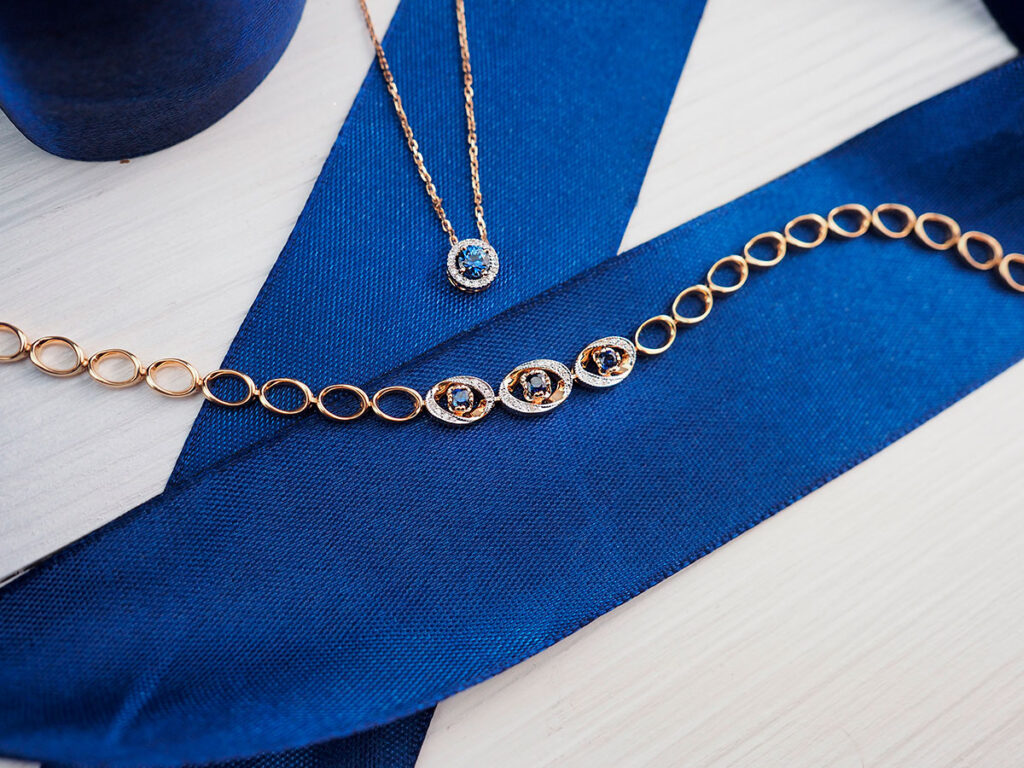Sapphire is a magnificent gemstone that is highly valued by both jewelers and buyers for its beautiful hue, brilliance and hardness - the mineral is second only to diamond. All these qualities, as well as the limited natural resources, directly affect the cost. Given that the use of stone is not limited to jewelry, in order to reduce costs and not deplete natural deposits, they have learned how to get them artificially. In terms of its properties, such a mineral is not inferior to natural, but there is a difference in price, and dishonest sellers can give one for another. Let's figure out how to recognize a natural stone from an artificial counterpart.
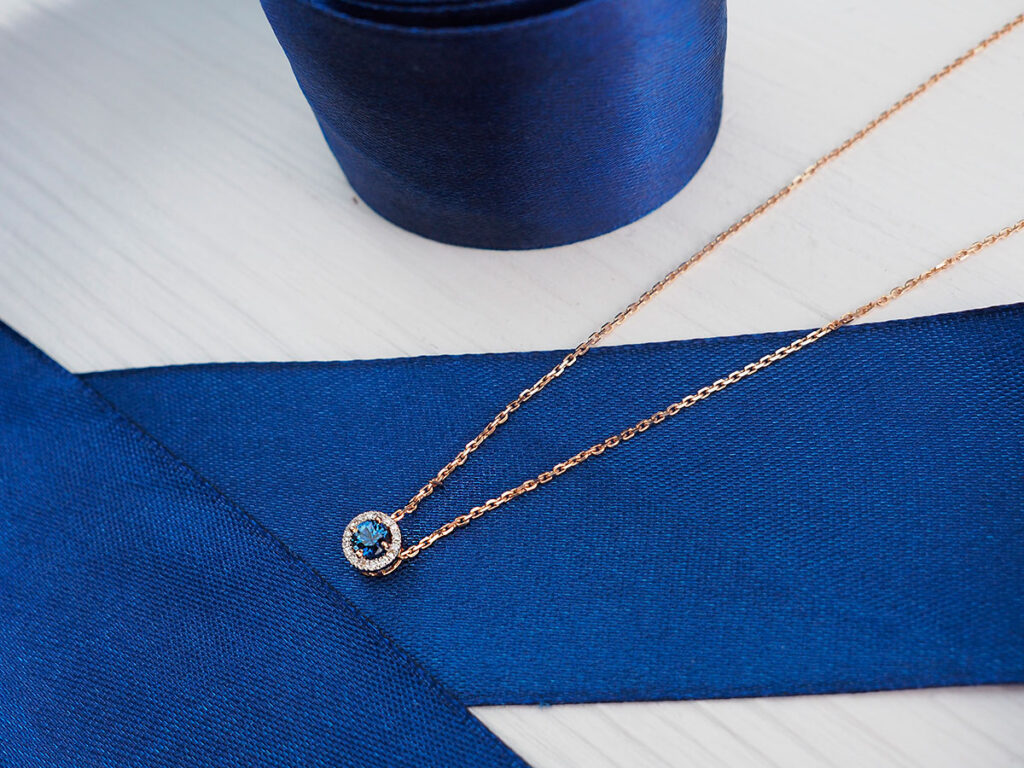
natural sapphire
natural sapphire - a stone with history. For many hundreds of years it lay in the ground or on its surface before being processed, cut and taken its place in the jewelry composition. Sapphires are mined in India - Kashmir, Sri Lanka - Ceylon, Thailand - Siamese, there are also deposits in the USA and Australia, but the quality of the stones is inferior to the stones of the first three. Natural minerals are not always pure - gas inclusions, inclusions in the form of needles, and microcracks are not uncommon. Local craftsmen try to eliminate such “defects” by ennobling the stone: filling cracks with resin or plastic, heating to eliminate liquid inclusions and change the shade.

By the way, the color of natural sapphire is not always uniform. There are gray-blue, yellow-blue, blue-green specimens. This does not mean that the stone is not suitable for jewelry work - on the contrary, with the right cut, it can compete with monochromatic minerals. The unique properties of sapphire include hardness - 9 units on the Mohs Scale. That is why the mineral is not so easy to scratch, it can withstand long-term wear and does not lose its presentation.
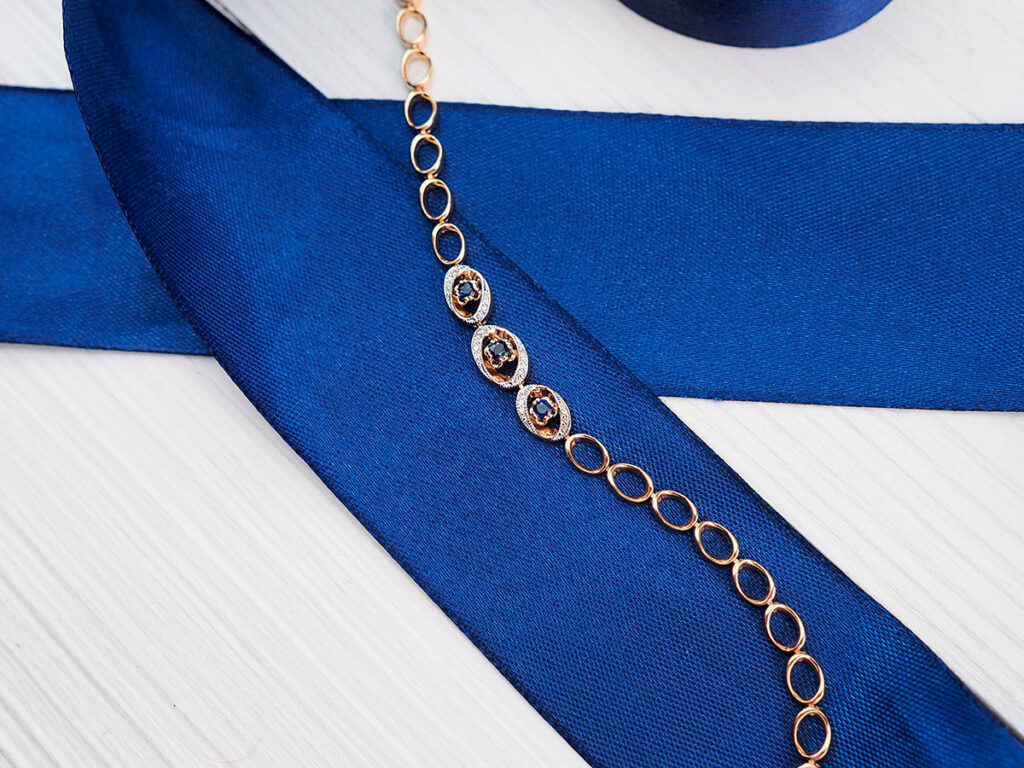
Synthesized sapphire
The synthesized analogue is admirable: it is a stone without "flaws", a uniform saturated color and bright luster. Artificial sapphires are grown in laboratories, the process of crystal formation is similar to natural, but accelerated several times and strictly controlled by gemologists.
Working with color has been brought to perfection: by adding different chemicals, they get the desired shades, experimenting with transparency and color saturation. The price of such a stone is usually lower than natural - the process is put on stream and is less expensive than mining from deposits.
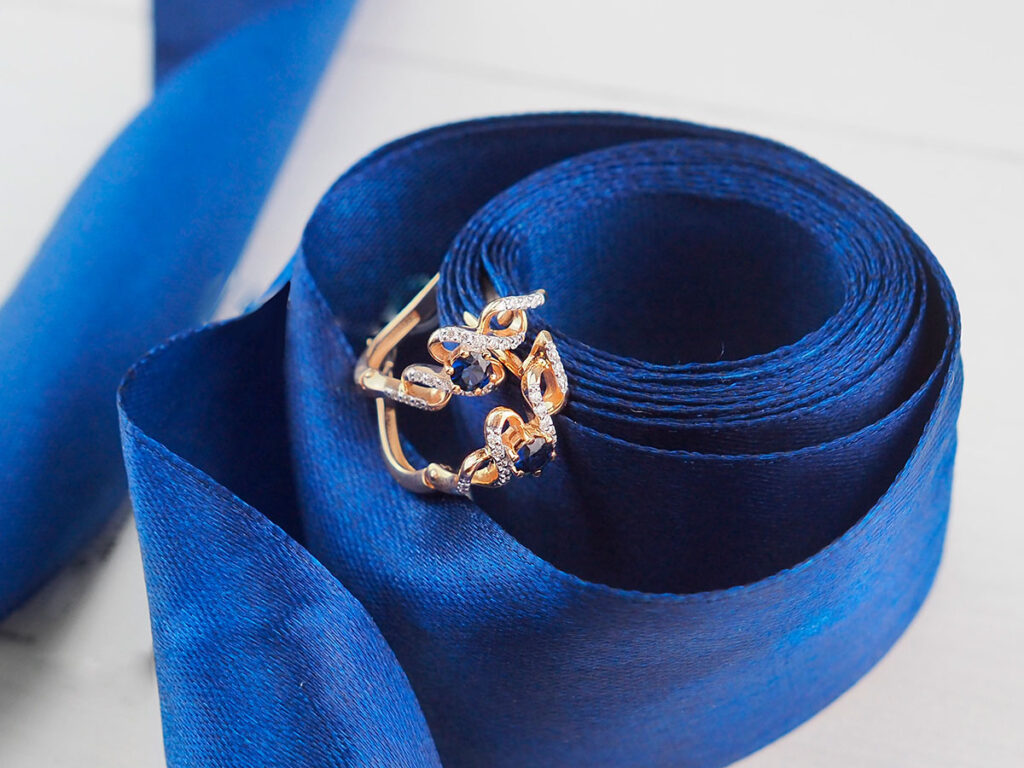
Distinguishing natural sapphire from synthesized, or even fakes, is quite difficult, but possible.
- Buy sapphire jewelry in reliable stores with an impeccable reputation - only there they will be able to provide you with the necessary documentation, including a certificate of authenticity. In addition, it is important to carefully study jewelry tags, which, in accordance with Russian law, all precious items must have - they are filled in according to Industry standards and include information about inserts and their characteristics. If the stone is of synthetic origin, this will be displayed.
- Carefully inspect the stone in bright light with a magnifying glass. Natural sapphire without visible inclusions and impurities is a rarity, the cost of such specimens is incredibly high. In women's jewelry of the middle price range, the presence of inclusions is a sure sign of naturalness. As a rule, the synthesized analogues are homogeneous both in hue and transparency – only the presence of gas bubbles is possible.
- If you buy a product with sapphire processed outside of Russia, then on the jewelry tag you can find the following designations among the characteristics: VVS (with small, barely visible inclusions), VS (with small, insignificant inclusions), SI (with small visible inclusions) , I (with clearly visible inclusions). The FI transparency characteristic is applicable only to synthesized stones, it indicates the absolute transparency of the mineral. Natural sapphires with this characteristic are not found in nature.
- The price of the product will also tell you about the naturalness of the stone, but only on the condition that you are going to make a purchase in a trusted jewelry store. Natural stone will always be more expensive than synthesized. This applies to all products, be it rings, earrings or women's bracelets.
- Titanium impurities are often added to synthetic sapphires, therefore, under the light of an ultraviolet lamp, the stones acquire a greenish tint, but natural sapphires do not have such an effect, you can only notice white highlights.

- Due to its hardness, natural stone is difficult to damage. Pay attention to the surface - it should be perfectly smooth without the smallest scratches, and the edges should be even and without traces of impact.
- Composite stones are found in handicraft jewelry: the upper part is natural sapphire, the lower part is glass or a cheaper mineral. The seam line can be found with a magnifying glass.
- Star sapphires have rutile crystals in their composition, it is thanks to it that a special visual effect arises on the surface - when rotated, you can see a sliding star with four, six or twelve rays. In natural stone, such a star moves over the entire surface, in synthetic stone, it is observed only in the central part.
Evaluating stones is the task of specialists. Keep this in mind if you plan to spend a rather large amount on the purchase of a sapphire or an item with this mineral.
